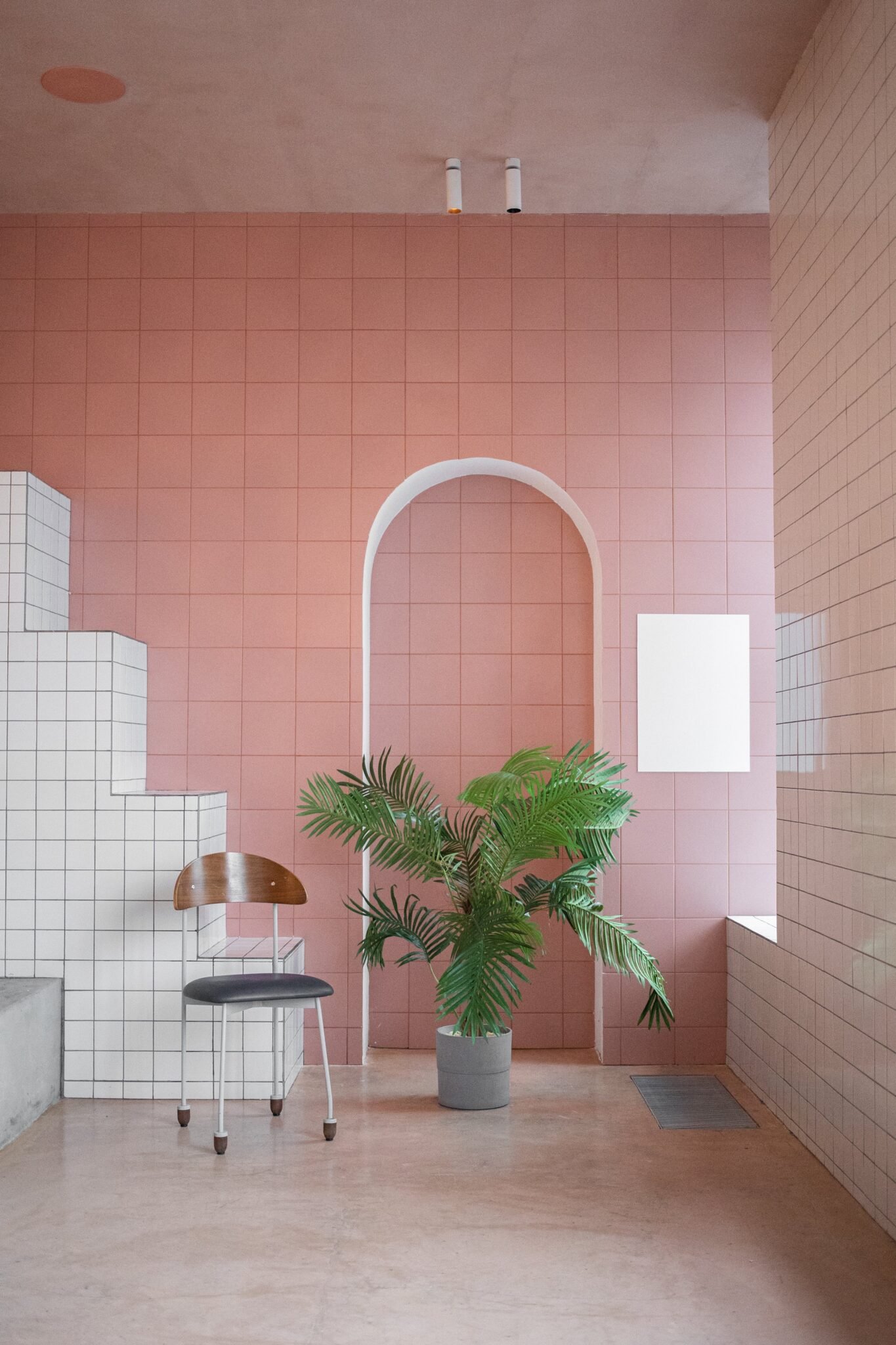“Unlock the transformative power of color in interior design! Discover how color choices influence emotions, stress reduction, productivity, and spatial perception. This insightful blog explores the psychological impact of colors on well-being, guiding you to create a harmonious and personal space. Dive into the world of hues for a healthier, happier home.
Color is crucial in interior design, and its influence extends beyond just appearances.The use of color in interior spaces can have acute effects on our emotions, mood, and overall well-being. Here are some benefits of color in interior design for our health:
Colors can evoke specific emotions and moods. Warm colors like reds, oranges, and yellows tend to create a sense of warmth and energy, while cool colors like blues and greens can promote calmness and relaxation. Specifying colors that match the intended ambiance of a room can have a positive impact on your mood and emotional well-being.
For stress reduction, look at calming colors such as soft blues, greens, and muted tones can contribute to stress reduction. These colors are often associated with nature and tranquility, helping to create a peaceful and serene environment. In spaces where people usually relax, such as bedrooms or living rooms, incorporating calming colors can contribute to a more soothing atmosphere.
To enhance productivity and focus, vibrant colors such as yellow and orange can stimulate the mind and foster a sense of alertness. These hues are commonly employed in workspaces or areas requiring concentration. Nevertheless, maintaining a balance is essential, as excessively intense colors may become overwhelming and hinder productivity.
A carefully chosen color palette can bring visual interest to a space, preventing it from seeming dull. This is especially crucial in places where people spend a lot of time, like offices or homes. A visually stimulating environment can contribute to a more positive and engaging experience.
When creating a sense of space colors play a role in how we perceive the size of a room. Lighter colors often give the impression of more openness, making a space feel larger, while darker colors can contribute to a cozier and more intimate atmosphere. Recognizing the psychological impact of color on spatial perception enables the adjustment of room size and layout.
The Exposure to natural light and appropriate color choices can help regulate circadian rhythms, the body’s internal clock. Lighter colors reflect natural light, making a space feel brighter and more connected to the outdoors. This connection to natural elements can contribute to a healthier sleep-wake cycle and overall well-being.
Choosing colors that align with personal preferences encourages a sense of comfort and belonging in a space. This personal connection to the environment can have a positive impact on mental health, creating a space that feels truly individual.
To conclude choosing colors that match your preferences encourages a feeling of comfort and belonging, positively impacting your mental health and creating a uniquely personal space.



